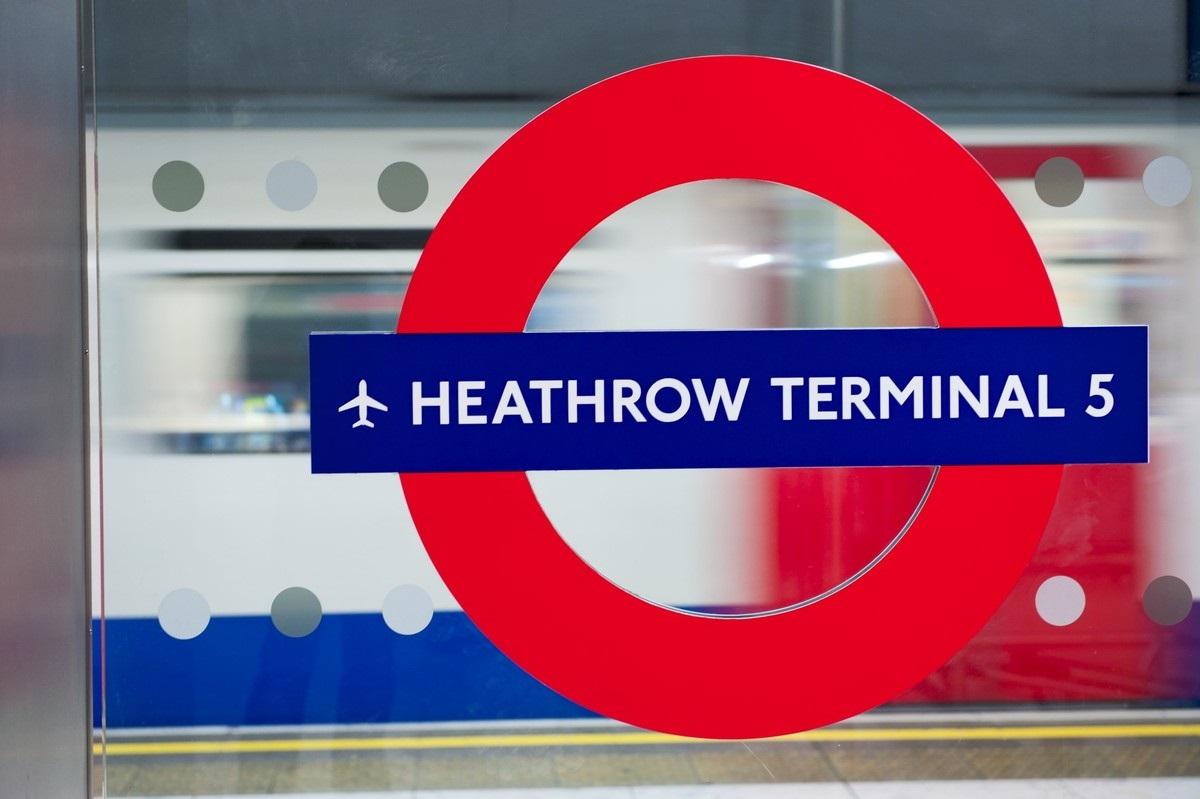
Heathrow could handle an additional 25,000 flights a year - equivalent to 68 more take-offs and landings a day - if it gets the green light to implement plans that seek to maximise the capacity of its two existing runways.
The move could increase annual flight numbers to more than 500,000 for the first time.
As part of a pubic consultation, which opened on 8 January 2019, the airport hopes to implement a “short-term change” to the way that some aircraft arrive from 2022.
The main proposal is to adopt independent parallel approaches (IPA) when both runways are being used for landings, which Heathrow believes has the potential to “increase the efficiency and resilience of the airport”.
However, this would require a cap of 480,000 annual flights, imposed as a planning condition when Heathrow won approval to build Terminal 5, to be scrapped.
“Heathrow’s aim is to design a sustainable, fair and more efficient future airport while connecting the UK to global growth,” said Emma Gilthorpe, executive director for expansion.
“It is crucial that our plans maximise the benefits of expansion across the country, including for the communities closest to us - and working in partnership with our neighbours is just one way of ensuring they do so.”
Departure seats and two-way flight frequencies (2013-18):
https://infogram.com/heathrow-departures-and-frequencies-2013-18-1h7v4p…
Details to increase the number of arrivals forms part of Heathrow’s Airspace and Future Operations consultation, which will run for the next eight weeks.
The airport is asking local communities for their views on its expansion plans, which include the construction of a third runway.
Politicians in the UK gave their backing for a £14bn runway project in June 2018, designed to unlock 40 new long-haul trading links and double the cargo capacity. It is hoped work will be completed in 2026.
What is IPA and how does Heathrow intend to use it?
Heathrow’s two runways operate simultaneously - one runway is used for departures and the other is used for arrivals. The runways therefore operate independently, meaning that arrivals to one runway do not affect the departures from the other.
However, at busy times for arrivals - particularly during early mornings - Heathrow is permitted to use both runways for landings to alleviate inbound congestion.
When both runways are in use for landing, arrivals to both the departure runway and arrival runway are dependent on each other. This is because arriving aircraft landing on both runways cannot arrive at exactly the same time and must be diagonally spaced by a specific distance.
But the airport believes that this method means use of the departure runway for landing is not as efficient as it could be given that the spacing rules means the number it lands on the main arrival runway must reduce.
Under the IPA plans, aircraft landing on the departures runway would use a different flight path using precision based navigation, requiring little interaction from air traffic control.
This technology offers “certainty” that aircraft will be safely separated when landing in parallel and removes the need for diagonal spacing for arriving flights.
It therefore would prevent any reduction in the number of aircraft that can land on the arrival runway.





